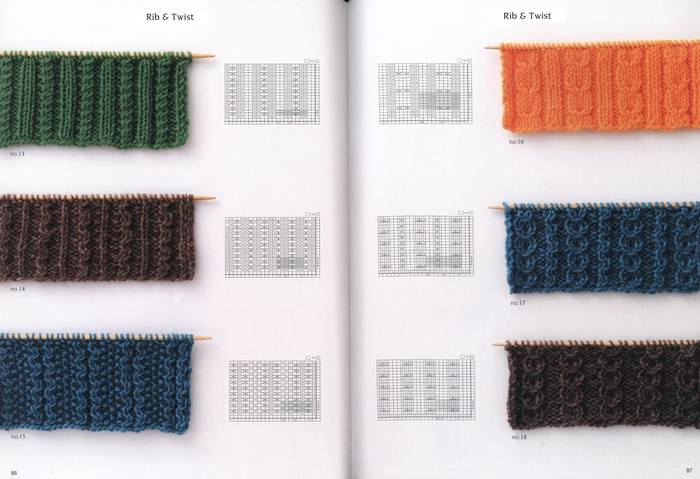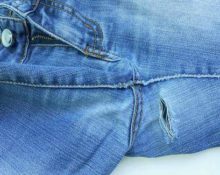There are many types of rubber bands. Usually they are knitted along the edges of the product, along the bottom of the sleeve, at the neckline, and they are used for almost all knitted clothes, be it a children's sweater, skirt, cardigan, dress, scarf, hat or even mittens. Any of the elastic bands helps maintain the shape of the finished product and make it more comfortable to wear.
However, sometimes it happens that the elastic band stretches and the item loses its original appearance. To prevent this from happening, you need to know little tricks - how knit an elastic band with knitting needlesso that it does not stretch.
Varieties of knitted elastic bands
In fact, there are a lot of them - you can easily count about 20 options. But the most popular (and also terribly beautiful) are:
- English;
- French;
- Polish;
- semi-patent;
- Italian;
- Canadian.
They are knitted very simply and easily, and most of them involve only two types of loops - knit and purl.Having learned how to make these loops, you can safely move on to complex patterns and create beautiful, openwork and relief knitting.

@123ru.net
Elastic knitting that does not stretch
In fact, elastic stretching is a common problem with all knitwear. After just 2–3 weeks, you can notice that it has stretched and the item has lost its attractiveness. To avoid such problems, you just need to follow the rules, and in some cases, use little tricks:
- To knit any elastic, you need to take the thinnest knitting needles (especially for hats), but the work should be done without tightening, otherwise it will not spring back.
- The thickness of the yarn and the size of the knitting needles should be the same. To check, you need to fold the yarn into two threads and attach it to the knitting needle. If their thickness matches, you can safely start working.
- Make sure that the fabric is not too loose or too tight; in this case, the elastic will not perform its functions.
- Never steam it or iron it with a hot iron: it will lose its elasticity and lose its shape.
Products made from wool or wool blends are relatively durable. After washing, the elastic bands may only slightly lose their shape and stretch. A completely different situation occurs with cotton and elastic bands made from certain chemical fibers. Parts knitted from such yarn often stretch very quickly, so they need to be knitted with knitting needles a whole size smaller than other parts of the product.
To maintain the shape and elasticity of any of the elastic bands, very thin elastic threads are used, which are almost invisible on the finished product. They are used for knitting into the main fabric.But there is one significant drawback - if such a thread breaks at some point, then you will notice small pieces of thread all over the canvas, which are sometimes very difficult to pull out.
There are also several excellent ways that help maintain the elasticity of the part and prevent it from stretching - implanting an elastic band or crocheting.
The first involves inserting a thick rubber thread using a blunt needle. To do this, pull the elastic on the wrong side of the product each time through part of the front loop and tightly tie the threads with a knot in the edges. If you pull the elastic through the entire front loop, it may become noticeable on the front side of the work.
Crocheting also gives a good effect. But in this case, 2-3 rows are enough, but you will need more yarn. In addition, you need to strengthen the end thread well, because if the knot comes undone, the entire elastic band will simply unravel. It will be better if you process each row separately.


 1
1




